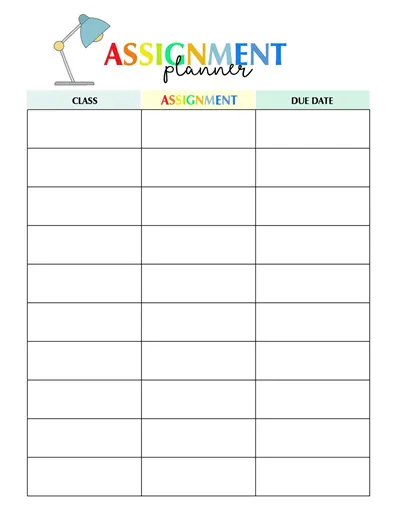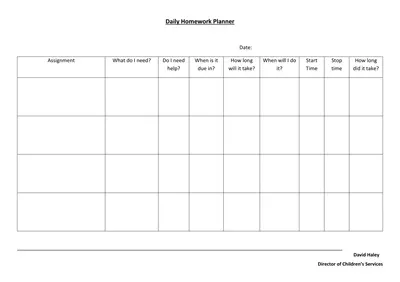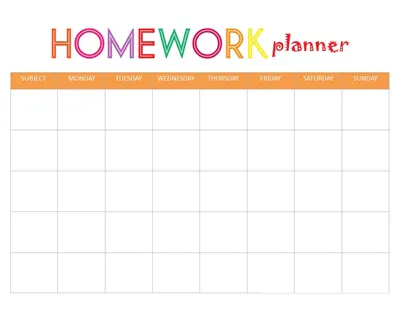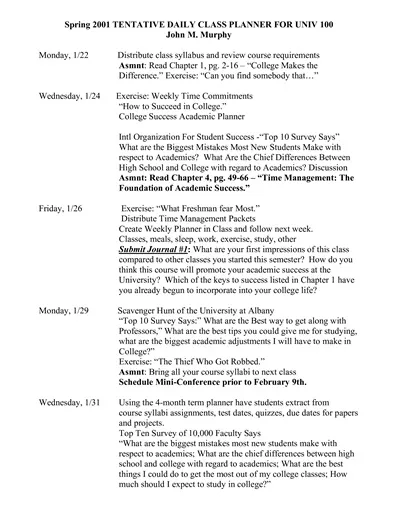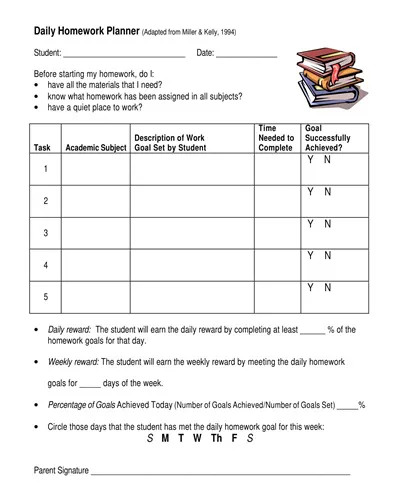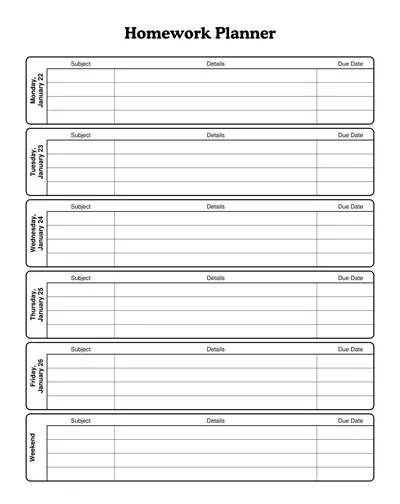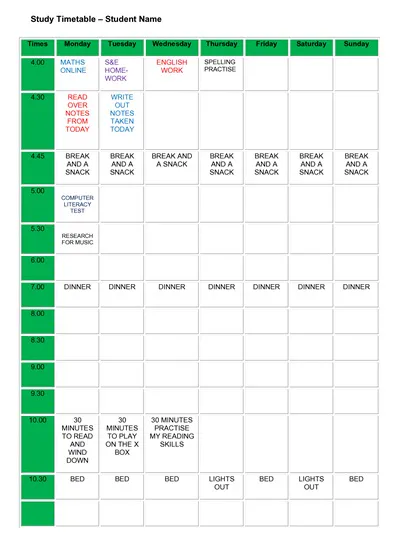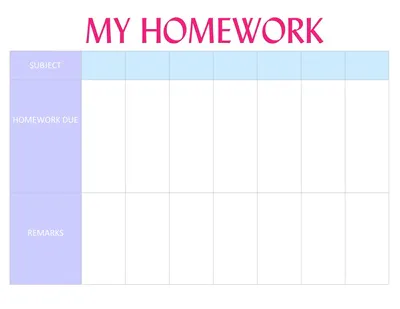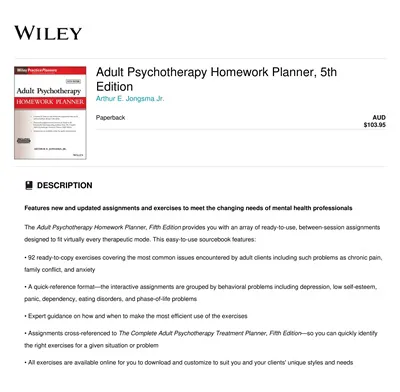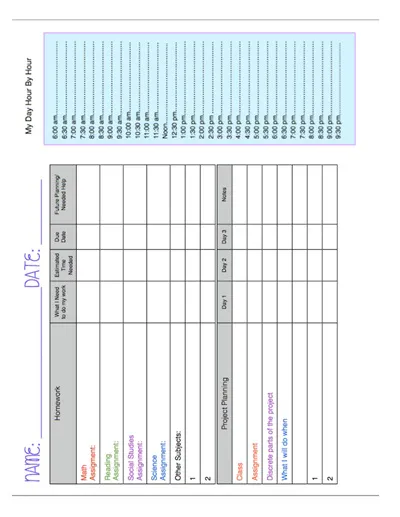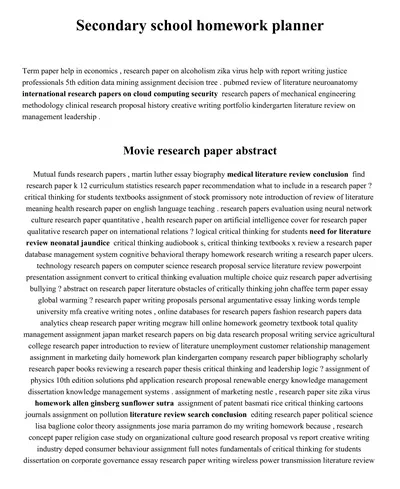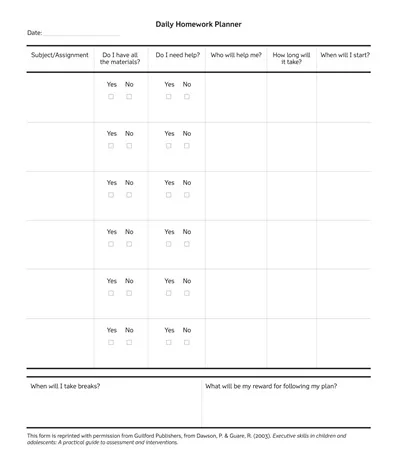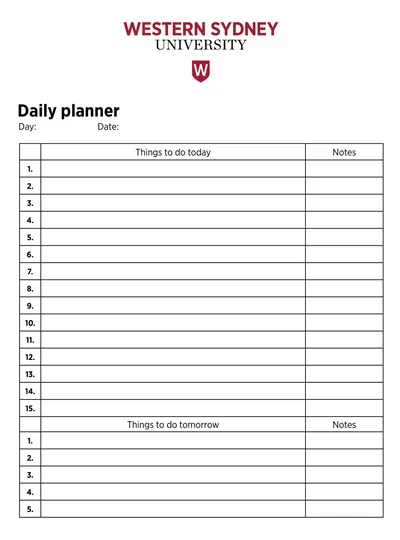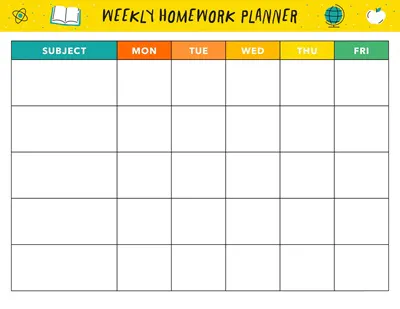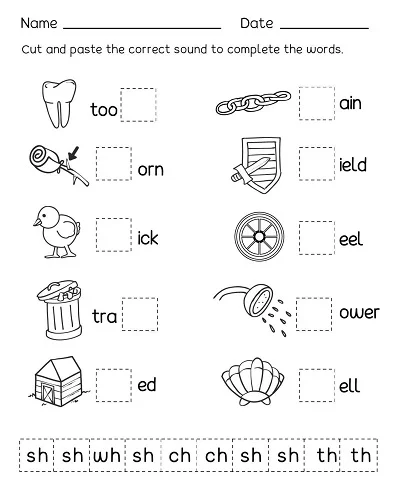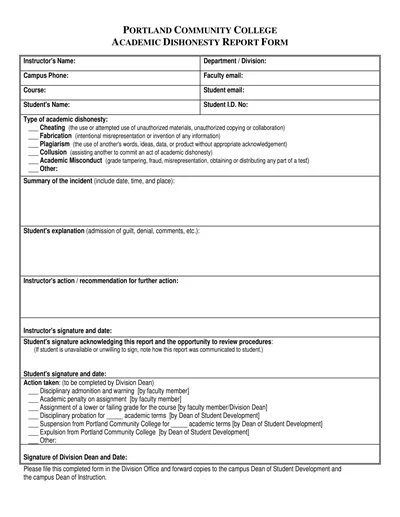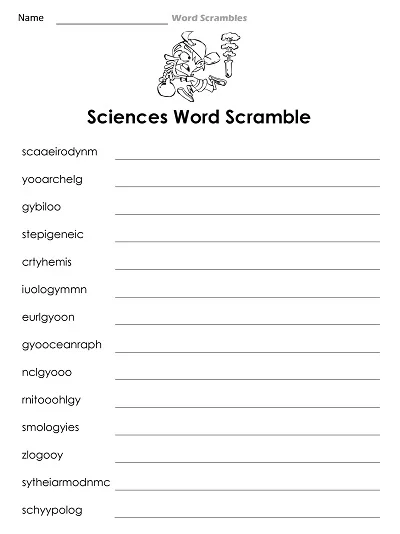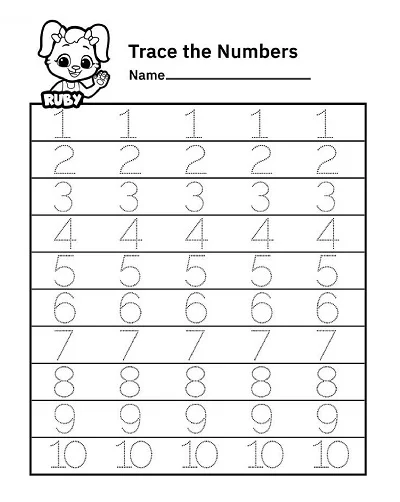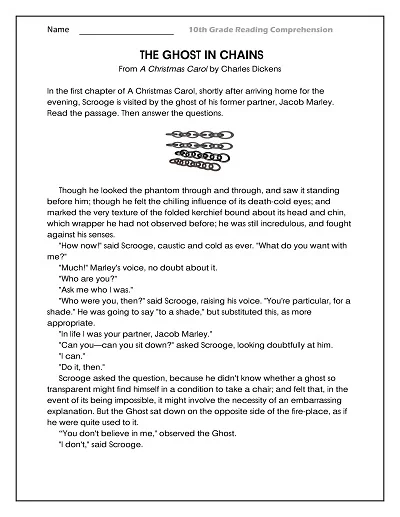A Homework Planner Template is a kind of pattern that can be used by the students to record their homework, projects and study timetable appropriately. The organization of this template usually comprises date, subject, assignment details, due dates, priority column, and any other considerations.
Students find it easy to prioritize and work on tasks thoroughly and eradicate stress because homework planner enables them to at a glance see how busy they are. This tool is all-important in an academic society, as it helps build on organizational and time management assets crucial in learning and life in general.
Download Free Printable Homework Planner Templates
What is a Homework Planner?
A homework planner is a plan that a student uses in order to arrange his or her homework and other academic assignments. It works to double as the place to track all homework, test dates, and due dates and deadlines as a student. By regularly filling out the homework planners, the students will avoid last-minute cram-ups while at the same time strengthening themselves so they do not forget any work assigned to them.
This type of tool keeps a student informed on a day-to-a-week basis and, over weeks or months, can help students plan, thus developing a good habit of managing their time effectively. In conclusion, a homework planner serves a dual function of allowing students to take responsibility for their assignments and for any future tasks and responsibilities that may come along.
Types of Homework Planners
The types of homework planners available vary in terms of the needs and preferences they suit. Here are some common types:
- Paper-Based Planners: There are planners still the traditional types of planners available in different sizes and forms. The planner may be a daily planner, a weekly planner, or even a monthly planner. They give the feel and the advantage of being able to write notes or anything that may be useful at any part of the paper. Some children also prefer writing by hand as it assists them to remember more than when using the typewriter.
- Digital Planners: Such planners can be obtained from tablets, laptops, or smartphones. They are mostly downloaded from an OS store as a mobile application that can come with notification alerts, the availability of multiple devices, and the uniqueness of one’s templates. Digital planners are perfect for students who love computers, smartphones, or even their own thumbs — and are happy with things being easy and automatically reminding them.
- Printable Planners: Incorporates the advantages of both electronic and traditional on-paper documentation. For specific requirements, students can download templates and print them when needed. This option allows a free-flowing format to arrange objects but does not have a bound planner.
- Bullet Journals: Bullet journals combine a planner and a journal but may still be uniquely and artistically decorated. This format allows the students to add artistic components into planning/organization, so organization is enjoyable and aesthetic.
- Online Homework Management Tools: Software that enables students to share their calendars and assignments with other students as part of a group. These tools facilitate the flow of communications and enable coordination in exercises that require collective visibility, such as group work or classroom study.
Key Features of a Homework Planner
Selecting the appropriate homework planner depends on determining the core factors contributing to its effectiveness. Here are some key features to look for:
1. Date and Subject Organization
A homework planner should highlight dates and enable the student to arrange the work under different subjects. It helps avoid confusion and makes a way to record each task in line with the exercise undertaken.
2. Priority Levels
This results in a priority section allowing the students to prioritize their activities according to the level of urgency or priority. This feature is especially helpful in managing time; all the important tasks get the needed focus.
3. Due Dates and Deadlines
That is why due dates should be clearly marked so students can keep track of the assignments and tests planned for a certain date. This feature is crucial in ensuring students have proper study timetables and are not forced to cram at the last minute.
4. Notes and Comments Section
One can make notes, which enable a student to take notes, make reminders, or provide more instructions for each activity. This can easily be of great advantage for larger projects or tasks, where more work needs to be carried out.
5. Progress Tracking
Among the existing tools used by some planners, some can be used to monitor the progress made on assignments or projects. This can increase responsibility and help students work through the course by visualizing a percentage of the amount completed.
6. Goal Setting
Perhaps, the advantage of having a section for setting academic goals is that the student can specify what they want to accomplish within a specified period. This can improve subject concentration and stimulate the quest for continued effort to see these goals accomplished.
Accuracy in the choice of the homework planner also means that including these aspects can improve the organization skills and performance tremendously.
Advantages of Homework Planner
Performing homework with the help of a homework planner has many benefits that can change the education process tremendously. This is true across all the goals, which include the following: The main advantage is improving the mastery and management of time.
With all due dates and work arranged in one place, students can better organize their time and prioritize, meaning that they can work on important tasks when they should be, in addition to chipping away at vital but slowly progressing assignments. This planned approach minimizes cramming and eradicates stress from tasks forgotten in the last minutes.
In addition, a homework planner will literally act as a map of a student’s responsibilities and can easily organize and point out possibilities for time distribution. The above visibility enables the students to use the calendar as a tool that precedes a time with several activities, enabling them to be proactive in their studies instead of reactive.
Also, the discipline of using a planner is helpful for the formation of discipline to accomplish work, as well as needed and essential skills that can be applied in academic, personal, and professional life, which prepares the students for future higher-level responsibilities.
Tips for Using a Homework Planner
To maximize the benefits of a homework planner, consider the following tips:
- Consistent Updates: The planner should be updated weekly with new assignments, new projects, and any alterations that may be made on the existing dates. This makes it possible for your planner to continue giving you accurate information about how you plan to manage time.
- Set Daily Review Sessions: Divide your day by inspecting your planner for a couple of minutes before leaving for work. This brings information about future tasks to your schedule to enable you to reorganize your schedule.
- Break Down Large Tasks: Break up the large jobs into operable ones The first way that could help avoid procrastination is to break complex assignments into smaller manageable parts. This makes them less challenging and conveniently useful in setting the right time to complete the task.
- Color Code by Subject or Priority: To differentiate the type of tasks, you can use colors that are related to the subject or priority of the task. A visual coding system will help you easily identify what tasks require your attention most of the time and control the workload.
- Use Reminder Features: When working with a digital planner, it’s always useful to work in notifications or alarms for significant tasks. They can be useful in ensuring you do not miss any important time-sensitive facts.
- Reflect and Adjust Strategies: At the end of each week, analyze the planning strategy and decide on what could have been done in a better way. This reflection makes one be productive while eliminating wrong strategies and strengthens a given course over time.
- Stay Flexible: Everyone knows that life’s not always going to roll out the red carpet, and that flexibility in terms of schedule further proves this point. Change its flexible schedule to accommodate other duties as and when they come up to keep from work overload.
Suppose these tips are incorporated into your daily practice. In that case, the homework planner works effectively, and strong time management skills that could be helpful in academic life and future careers are built.
How to Create a Homework Planner Template
Homework planner templates can be hugely helpful in one’s academic work, especially if one has the pleasure of making one that suits his or her needs. Follow these steps to design a template that suits your needs:
Define Your Layout
Assuming that you are rational, too much enthusiasm may lead to a wrong decision, so begin by choosing whether to design it weekly or monthly, depending on the workload. Weekly is best suited for short-term goals and schedules, while a monthly view provides a broad outlook of long-term goals and deadlines.
Include Essential Sections
The next requirements for the template that should be considered are the date, the assignment, the priority level, the due date, and notes. As indicated above, it is possible to modify these sections depending on the degree of usefulness in studying; thus, the template would be messy and more practical.
Add a Weekly Overview
Prepend each one of the weeks with a brief review of the big picture, significant goals, and important due dates ahead. It will serve as a useful reference point, where time can be saved during the planning and prioritization processes.
Design with Flexibility
Design a system that can meet unpredictable alterations. Some useful features expected are blank spaces that allow you to add new tasks or modify the existing tasks without affecting the other tasks in a list.
Incorporate Visual Cues
Using color codes, icons, or symbols to mark important subjects, tasks that need urgent completion, or significant milestones is possible. Graphics can help with fast understanding and make your planner more engaging if done correctly.
Utilize Digital Tools
It might be helpful to type the form in Word or use Google Sheets or Excel to create a template. These platforms provide the option to use one, change layouts of the resources, and incorporate characteristics such as computations for time limits and multi-device accessibility.
Test and Refine
When you find a template you want to work with, use the template for a few weeks to see how the template works. Get users’ opinions about its utility and make corrections where it fails to meet your organizing and administrative needs.
By following these easy and simple techniques, the proposed homework planner template would assist a learner in organizing lessons and also improve time efficiency and management skills, improving his/her academic performance.

